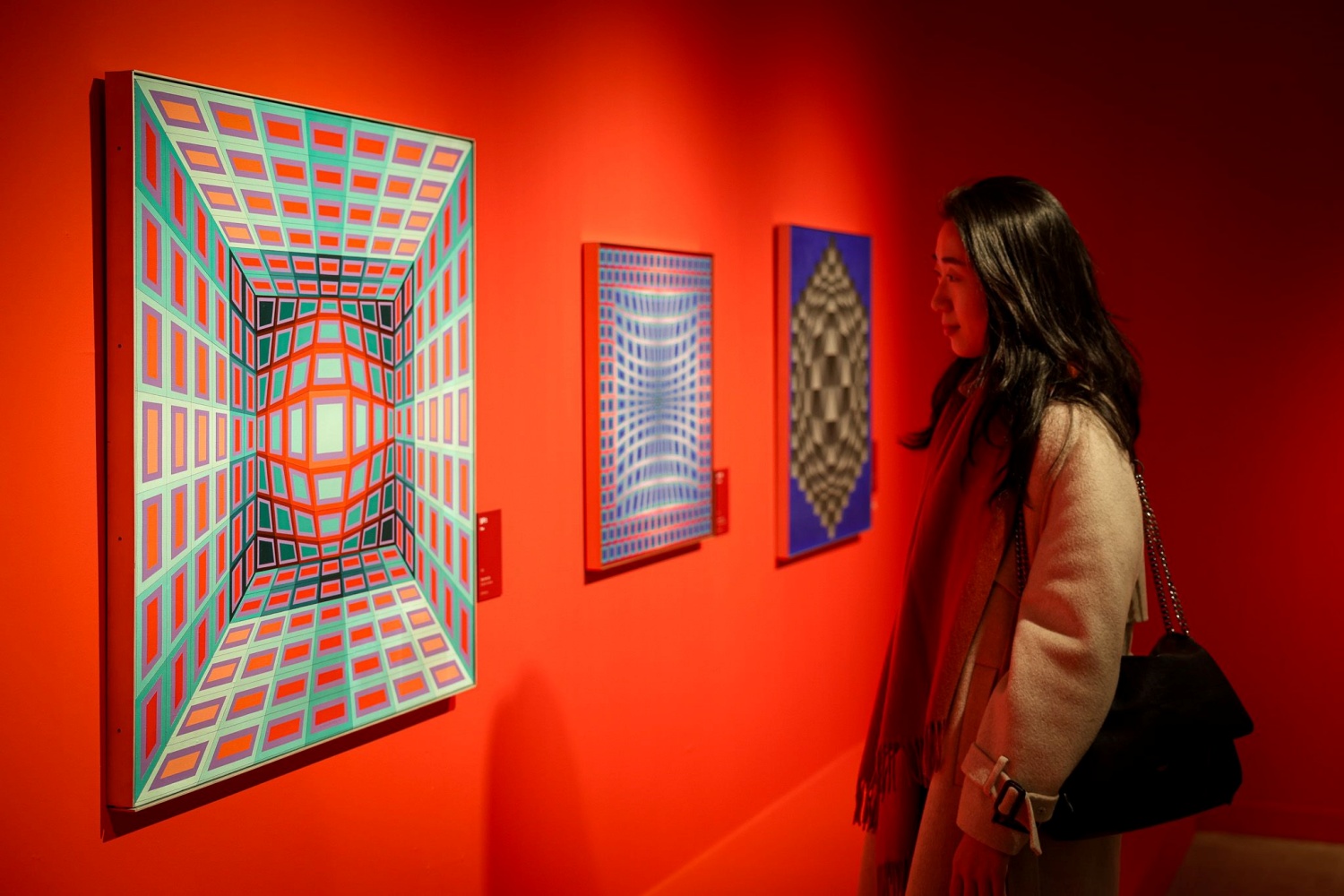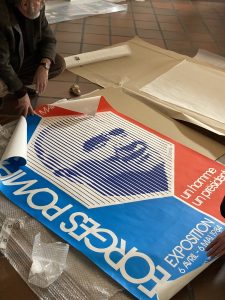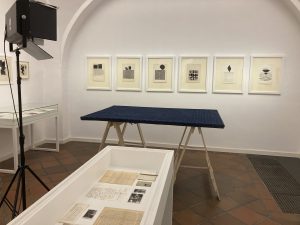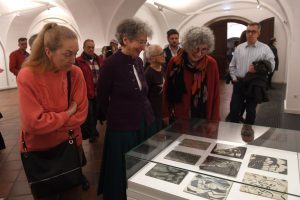
The exhibition is a selection of masterpieces from the Vasarely Museum Budapest.Continue reading

Two temporary exhibitions opened on Thursday at the Vasarely Museum in Budapest. One of them shows the Hungarian-French artist Victor Vasarely’s (1906-1997) exhibition posters made between 1948 and 1998, while the other one features his drawings, collages, watercolors, prints and albums from the collection of Imre Pán.
The V.V. Victor Vasarely. 1=2, 2=1 shows exhibition posters of the most important representative of optical painting from 1948 to 1998 from the French Fabre Collection, said Márton Orosz, director of the museum.
Vasarely’s works and his exhibition posters have been juxtaposed, grouped in accordance with the period and thematic units of his work, collector Bruno Fabre stressed at the opening event. The French collector drew attention to variations on three emblematic pieces from Vasarely’s oeuvre: pre-kinetic zebras, and the works entitled “Hommage à Malevich” and “Canopus.”

Photo: Facebook/Vasarely Múteum Budapest
“Many of his works are based on simple geometric shapes: squares, circles, that are transformed into diamonds and ellipses,” explained Bruno Fabre, stressing that
the works on display were collected over a period of 10 years.”

Photo: Facebook/Vasarely Múteum Budapest
The other exhibition, Morphèmes – Morphemes. The Shared Stories of Imre Pan and Victor Vasarely in Paris, presents a selection from the collection of Imre Pán, art writer, organizer, editor and publisher.
Curator Veronika Pócs said:
The exhibition presents Vasarely’s unique graphic works and sketches, letting the public in on the secrets of his workshop.”

Photo: MTI/Kovács Attila
Imre Pán was the co-founder of a group of artists called the European School in Budapest, then moved to Paris in 1957 and published one hundred and forty-five bibliophile publications containing unique individual prints, that he self-edited and self-managed, until his death in 1972, said the curator.
A large part of the exhibition is devoted to the joint albums of Imre Pán and Vasarely: the artist’s drawings, collages, watercolors and serigraphs, as well as his graphic works created between 1930 and 1960, that once belonged to Pán’s collection and came to Budapest from France.
Both exhibitions are on show until April 28.
Via MTI, Featured image: MTI/Kovács Attila